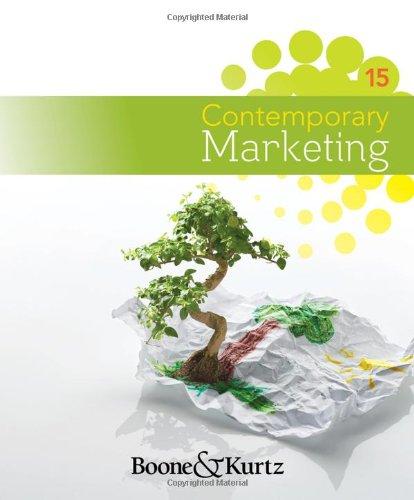1. How does Scholfield Honda rate on the social responsibility pyramid? Do they meet all the criteria...
Question:
1. How does Scholfield Honda rate on the social responsibility pyramid? Do they meet all the criteria for a socially responsible company?
When Al Gore won Best Documentary at the 2007 Academy Awards for his 2006 film, An Inconvenient Truth, the environment was still seen as an issue only for activists. Jokes were made. “Saturday Night Live” had a field day. Then, Gore won a Nobel Peace Prize. Things started to change. By 2008, grocery stores around the country started filling up with organic and environmentally friendly products.
Reusable bags showed up at checkout counters everywhere.
More and more communities were providing curbside recycling pickup. The Discovery Channel even created a new cable network, Planet Green. Today, nearly every corporation from Frito-Lay to Ford has jumped on the green bandwagon.
Of course, there have always been companies ahead of the curve. Since the early 1970s, Honda had been producing the lowemission, fuel-efficient Civic. With so many auto manufacturers producing a dizzying line of makes and models, Honda is conscious about keeping up with the competition while staying true to its roots. The entire Honda line consists of four classes of vehicles:
Good, Better, Best, and Ultimate. Their regular gas cars are Good, with about 30 mpg; hybrids are Better at about 45 mpg; and their Best solution is a natural, gas-powered Civic GX, which gets about 220 miles to a tank. Honda has Ultimate solutions in the works, including the new Honda FCX Clarity, a hydrogen fuel cell car in which hydrogen reacts with oxygen—both renewable resources—
to create electricity. You can buy the natural gas Civic GX and Clarity today, but neither vehicle is practical for the average driver because the fueling stations are hard to come by.
Step by Step Answer:






